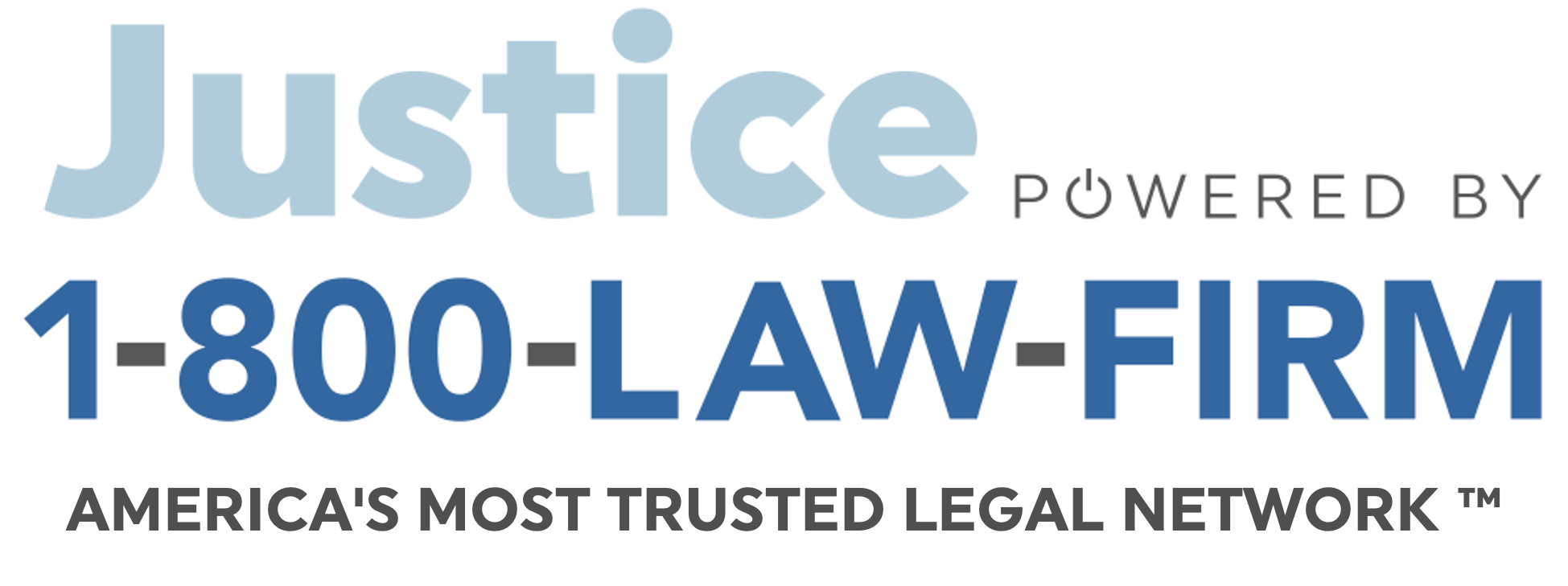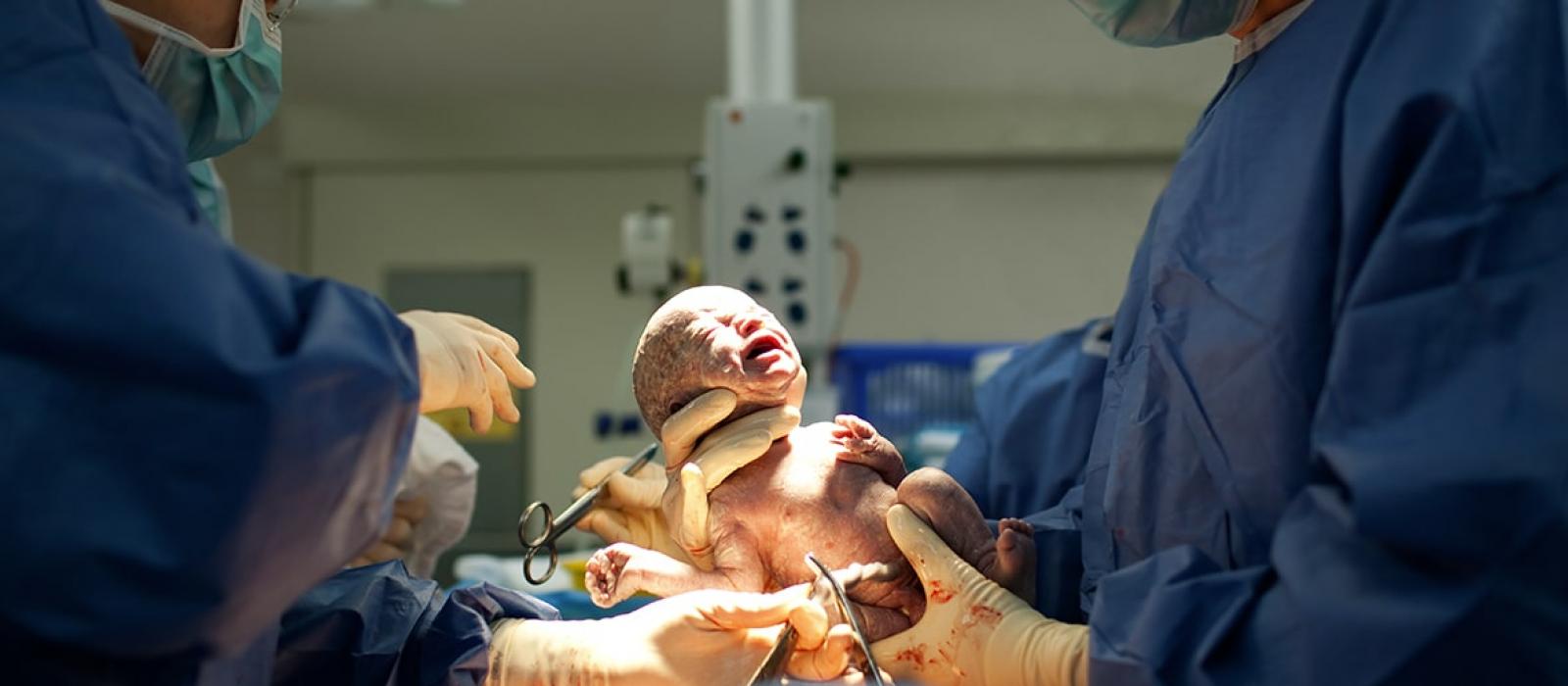A birth injury can serious affliction that can cause disorders that may last a lifetime. Without much information available about birth injuries, many parents didn’t know how to approach such a disability in the past, but now with more information than ever, parents can move forward preparing a life for their child knowing all that is involved with a birth injury.
Some birth injuries heal on their own and an infant will go on to have relatively few problems, while other birth injuries require extensive treatment and often result in long-term complications.
A birth injury is not a defect: a birth defect is something that a baby is born with due to a DNA makeup that predisposed them toward a deformity or disability. However, there are some instances in which a birth defect is caused by medical negligence. For example, prescribing certain medications to pregnant women may heighten the risk of the infant developing a birth defect.
What are the Immediate Symptoms of Birth Injuries?
Birth injuries manifest in several different forms and in many different ways. For instance, some birth injuries are obvious and seen immediately, such as bruises and/or lacerations. These are typically birth injuries that are seen as mild birth injuries that will usually heal over time. Other times, you may not even realize your baby experienced a birth injury until several years later, when disorders develop such as cognitive disabilities and autism.
Other immediate symptoms of birth injuries may include:
- Arched back while crying
- Bulges on the infant’s head
- Vomiting
- Appearing blue or extremely pale
- Difficulties with breathing
- Seizures
- Spastic motions
- Rashes
What are Symptoms of Birth Injuries You May See Later?
Some birth injuries can’t be seen immediately because they’re internal. Precautionary parents may choose to have an MRI to scan the child’s brain to look out for these internal problems. These types of birth injuries are identified when developmental steps are delayed or skipped. Symptoms and signs may include:
- Missing milestones such as sitting alone, crawling, grasping objects, and cruising along furniture
- Poor weight gain
- Poor growth
- Speech difficulties
- Abnormal, frequent outbursts
- Lethargy
How Do Birth Injuries Happen?
While a trained medical staff knows to avoid certain actions, mistakes occasionally happen. Some malpractice cases involve the doctor leaving the nurse to deliver the baby alone, while others exemplify nurses who administer the wrong medication or the wrong dose of the right medication.
Some birth injuries happen from midwives who are not medically trained to handle emergency situations, and some birth injuries happen from doctors who misdiagnosed circumstances they should have foreseen with testing and checkups. Ultimately, there are a number of reasons why birth injuries happen, but awareness of birth injuries and medical mistakes keep the chances of malpractice low.
Other common reasons for birth injuries include:
- Failure to schedule an emergency C-section
- Improper use of tools used to assist in delivery
- Pulling or tugging too hard on an infant during delivery
- Failure to monitor and detect fetal and/or maternal distress
- Failure to adequately treat maternal infections
Risk factors that can heighten the risk of birth injuries include:
- A prolonged, difficult labor
- Infants born earlier than 38 weeks gestation
- Cephalopelvic disproportion
- Shoulder dystocia
- An abnormal birthing position, such as breech
- Preeclampsia
- Placental problems, such as placenta previa or placental abruption
What are the Most Common Types of Birth Injuries?
According to the University of Rochester Medical Center (URMC), the most common types of birth injuries include:
- Bruising and/or forceps marks and lacerations
- Caput succadanuem
- Facial paralysis
- Brachial plexus injuries
- Hemorrhaging
- Fractures
- Cephalohematoma
- Other types of birth injuries include:
- Hypoxia
- Anoxia
- Kernicterus
- Brain injuries
- Spinal cord injuries
- Placental injuries
- Broken bones and fractures

